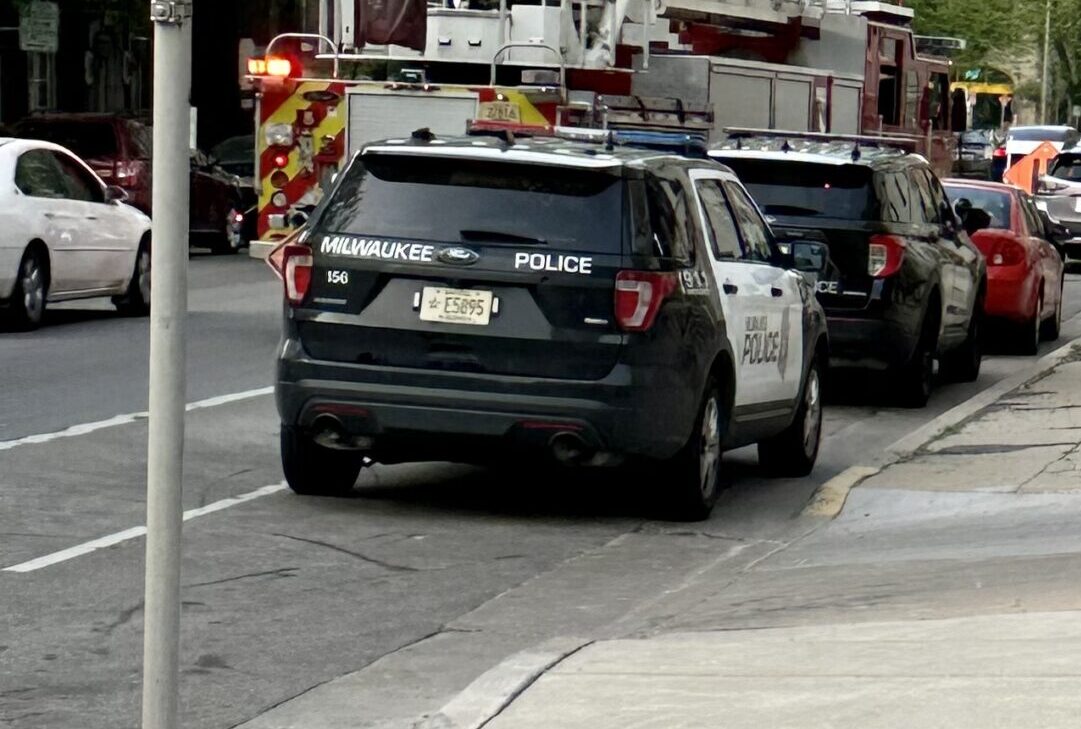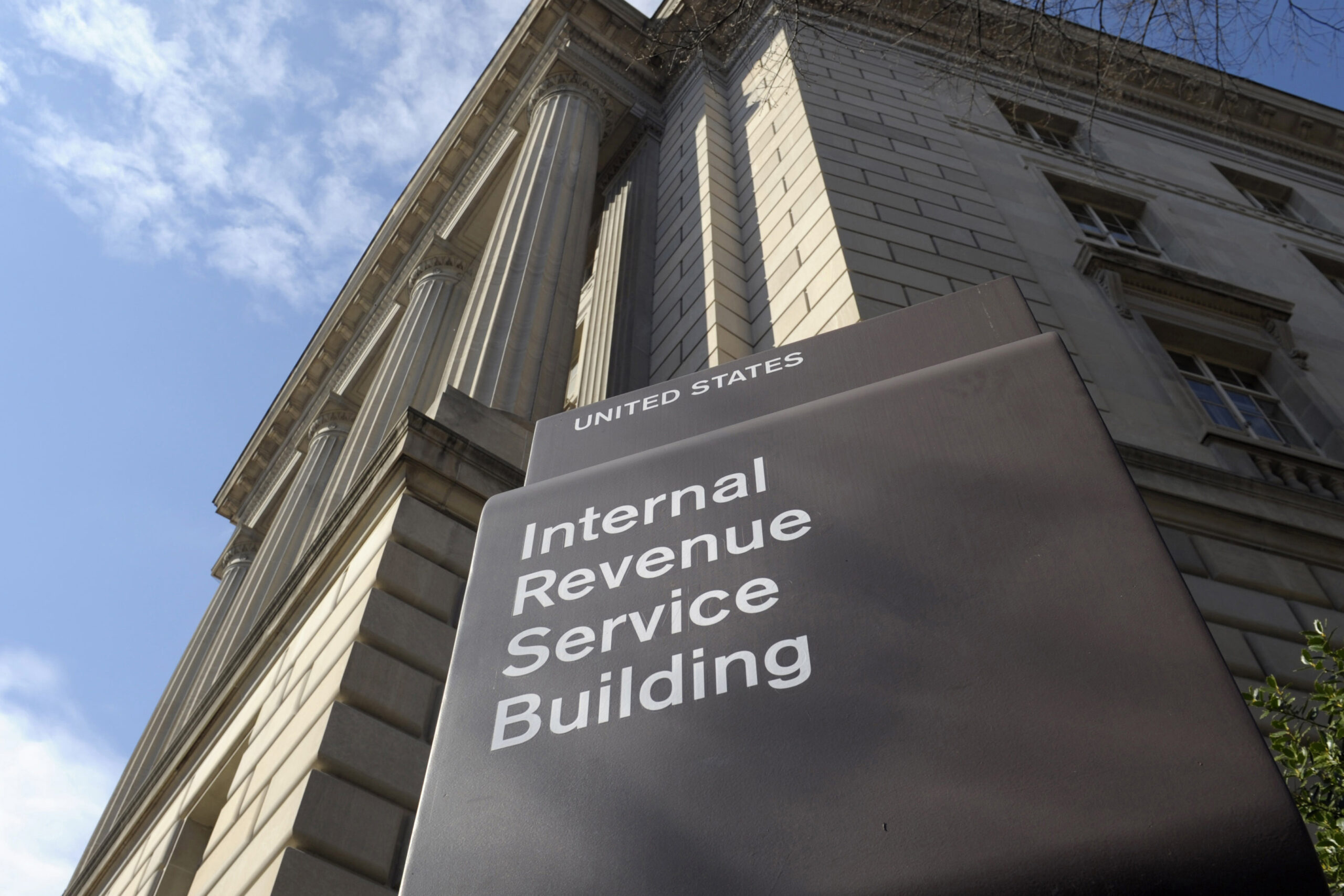Statute does not bind DOC
By: dmc-admin//January 5, 2009//
State statutes only mandate that the Department of Commerce require fire sprinklers in multifamily buildings with 20 or more units.
Nevertheless, the Wisconsin Court of Appeals has upheld a regulation requiring sprinklers in all buildings with eight or more units.
The Wisconsin Builders Association contended that the regulation exceeded the agency’s authority in passing the regulation, but the court found no inconsistency between the regulation and statute.
Attorney Lori M. Lubinsky, of Axley & Brynelson LLP, who represented the Association on the appeal, said in an interview that her client is still weighing whether to seek review in the Supreme Court.
Section 101.14(4m)(b) of the state statutes provides that the department “shall” require automatic sprinklers in any building with either more than 20 dwelling units or total floor area exceeding 16,000 square feet.
Wis. Admin. Code Comm. 62.0903(6) requires sprinkler systems in all newly constructed multifamily dwellings that contain more than 16,000 square feet or more than eight dwelling units.
Both the circuit court, and the Court of Appeals, held that the statute does not preclude the Commerce Department from requiring sprinklers in buildings with less than 20 units.
The court acknowledged that an administrative agency only has those powers given to it by statute, and a rule that is not authorized must be invalidated.
However, the court found the rule was authorized by a more general statute, sec. 101.02.
Subsection (15) of that statute gives the department general authority to administer all laws that require public buildings to be safe and that require “the protection of the life, health, safety and welfare of … the public or tenants in any such public building.”
“Public building” is defined in subsec. (12) to include multifamily dwellings with three or more tenants.
More specifically, sec. 101.14(4)(a) provides that the department “shall make rules … requiring owners of … public buildings to install such fire detection, prevention, or suppression devices as will protect the health, welfare, and safety of all … frequenters of … public buildings.”
The court concluded that use of the word “shall” in sec. 101.14(4m)(b) mandates that the department require sprinkler systems in buildings with more than 20 units, but leaves it to the department’s discretion whether to require sprinkler systems in multifamily dwellings with fewer units.
Because the court found the statutes unambiguously permit the department to adopt stricter rules than required by statute, it declined to consider the legislative history of the statutes.
Lubinsky said the legislative history is clear that the statute was the result of extensive negotiation and compromise, with the interested parties ultimately agreeing to set 20 units as the cutoff for when sprinklers would be required. The department rule changes what the Legislature agreed to, she said.
Lubinsky further noted that the language the Legislature used in sec. 100.14 is commonly used in statutes, with the intent of directing an agency to enact a specific rule. “If that’s how the courts are going to interpret, it’s a lesson in how statutes in the future need to be drafted,” Lubinsky said.
Case Analysis
The case is a good candidate for review in the Supreme Court for two reasons, one specific to the statute, and the other general to all administrative agencies.
Specifically, subsec. (4m)(am) of the statute specifically authorizes “political subdivisions” to impose more stringent requirements for sprinkler systems by requiring them in all multifamily buildings with more than eight units.
“Political subdivisions” is limited to counties, cities, villages and towns.
However, the statute contains no similar authorization for the Department of Commerce to impose more stringent requirements statewide.
The authority for political subdivisions to impose more stringent requirements, combined with the absence of express authority to the DOC could easily be read as an ambiguity that would warrant consideration of legislative history.
Furthermore, it may be that that history would reveal that the purpose of sec. 101.14(4m)(b) was to curtail the DOC’s power to mandate sprinkler systems, while the court’s interpretation expands it.
More generally, all administrative agencies are given broad rulemaking authority similar to that in sec. 101.14(4)(a). Thus, the decision could be read to authorize vast administrative power across the board, even when the Legislature has arguably intended to curtail that power by mandating a particular regulation.
Of course, the Legislature could easily limit agency authority. The court correctly notes that the Legislature could have expressly removed the DOC’s authority to require sprinklers in multifamily dwellings with fewer units, but did not do so.
However, this will be true for a myriad of other statutory schemes. Given the broad potential implications of this opinion for administrative law generally, further review in the Supreme Court would provide guidance in interpreting many statutes.
Legal News
- Wisconsin prison inmate pleads not guilty to killing cellmate
- Waukesha man sentenced to 30 years for Sex Trafficking
- 12-year-old shot in Milwaukee Wednesday with ‘serious injuries’
- Milwaukee man convicted of laundering proceeds of business email compromise fraud schemes
- Giuliani, Meadows among 18 indicted in Arizona fake electors case
- Some State Bar diversity participants walk away from program
- Wisconsin court issues arrest warrant ‘in error’ for Minocqua Brewing owner
- Iranian nationals charged cyber campaign targeting U.S. Companies
- Facing mostly white juries, are Milwaukee County defendants of color truly judged by their peers?
- Milwaukee Mayor speaks in D.C. Tuesday at White House water summit
- Chicago man sentenced to prison after being caught with ‘Trump Gun’
- FTC bans non-competes
WLJ People
- Power 30 Personal Injury Attorneys – Russell Nicolet
- Power 30 Personal Injury Attorneys – Benjamin Nicolet
- Power 30 Personal Injury Attorneys – Dustin T. Woehl
- Power 30 Personal Injury Attorneys – Katherine Metzger
- Power 30 Personal Injury Attorneys – Joseph Ryan
- Power 30 Personal Injury Attorneys – James M. Ryan
- Power 30 Personal Injury Attorneys – Dana Wachs
- Power 30 Personal Injury Attorneys – Mark L. Thomsen
- Power 30 Personal Injury Attorneys – Matthew Lein
- Power 30 Personal Injury Attorneys – Jeffrey A. Pitman
- Power 30 Personal Injury Attorneys – William Pemberton
- Power 30 Personal Injury Attorneys – Howard S. Sicula











